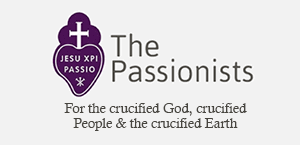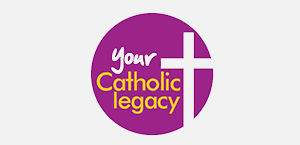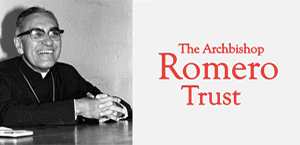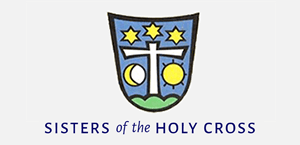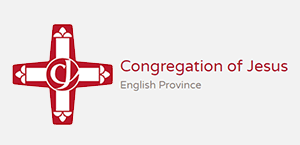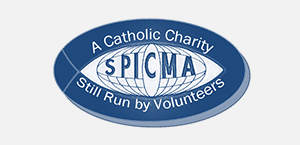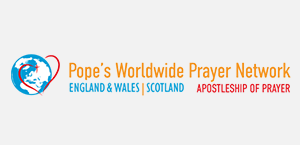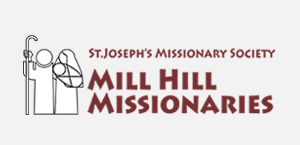Raphael triumphs at the National Gallery

Delayed due to Covid 19, this superb profile of one of the giants of the Renaissance was meant to mark the 500th anniversary of Raphael's death. His multifarious career is explored through seven rooms with stunning examples of his prodigious talent. The artist was also a poet, architect, print maker, designer of tapestries, mosaics, sculptures and stage sets. By all accounts he was charming and devout, although it is suggested that he died of "a surfeit of love!" on 6th April 1520, his 37th birthday.
Born in Urbino, Raffaelo Santi's father was a court painter. His mother died when he was eight and his father three years later. His uncle, a priest, became responsible for him. Raphael took over the family workshop exhibiting a precocious talent. His early work shows influences from his Urbino contemporary, Perugino. By the age of 17 Raphael is referred to as a "master". He draws on the works of other artists throughout his life using some of their tools, assimilating and improving their techniques to his own style. Later this was to infuriate Michelangelo, although no mention of this tension is made here, but was considered at a previous exhibition at the National Gallery.
Ninety one exhibits explore all aspects of his career and life in rooms 1-7 on the first floor. It is an appropriate setting with loans from major European galleries, including the Vatican and HM The Queen. Full of colour, drama and spiritual richness Raphael's breathtaking art exudes the way of beauty in High Renaissance art.
The Mond Crucifixion (pictured) dramatically towering before us in Room 1, is one of his earliest works, 1502-3, taking centre stage. There is no sign of Christ's bloodied anguish, rather a contemplative peace. Theologically this is an exposition of the Fourth Gospel's exaltation of the cross and painted as an altarpiece for the Church of San Domenico in Cittadi Castello. The emphasis on the Incarnated Logos-Word of God- is further enhanced by the presence of St. Jerome, kneeling in the foreground to the left of the cross as he compiled the Vulgate translation of the Bible. Behind Jerome, standing beside the cross is Mary robed in black mourning and an androgynous St. John standing to the right. Mary Magdalene kneels in the foreground. Angels hover either side of the gigantic cross gazing at the Divine face.
On the left wall, Raphael's drawing of himself aged about 15-16 displaying extraordinary early talent as a draughtsman. Black chalk catches the light in his eyes to great effect.
Part of a predella dramatically depicting The Procession to Calvary is all that survives from an altarpiece painted circa 1504-5. Two small but striking oils from the Louvre of St Michael and St George are significant works from this early period. Moving chronologically through his life to Florence and beyond a wonderful collection of his famed Madonnas adorn rooms 2 and 3 including the notable Virgin and Child with St John the Baptist and St Nicholas of Bari for the Ansidei chapel in Perugia. The delightful Madonna of the Pinks bears influences from Leonardo da Vinci. Delectable drawings trace his development as a highly skilled artist. His confident ambition shines through in a Florentine self portrait in oil painted in his twenties.
Arriving in Rome, Raphael obtained patronage from two Popes. He worked for Pope Julius 11, a great patron of the arts, and from 1513, Leo X. Julius commissioned frescoes for the Papal apartments which included the remarkable School of Athens reproduced here by a giant facsimile. Two bronze roundels commissioned for the Pope's banker's private chapel have never been exhibited outside Italy before. Made to designs by Raphael they depict the Incredulity of St. Thomas and the Descent into Limbo. A remarkable portrait of the Pontiff depicts him in the frailty of old age.
Raphael's innovative work in printmaking and tapestry design is examined- and includes an intricate example from the Vatican, alongside his work as Papal surveyor of Roman antiquities. Writing to Leo X he decried the destruction of ancient ruins "as the shame of our age", and did much to preserve what was left. As an architect he was responsible for the beginning of St. Peter's Basilica as we know it today. He even designed stage sets.
The final room is dedicated to Raphael's outstanding portraiture including an imposing Lorenzo de Medici 1518. A distinctive self portrait with his artist assistant and friend Guilio Romano, commands attention as Raphael's hypnotic dark eyes gaze at us. The portraits deftly shine a light on his subjects' inner personality and sumptuous textiles are realistically portrayed.
An inspirational study of the head of an apostle concludes this outstanding exhibition. It was a preparatory drawing for his last major altarpiece, The Transfiguration. The panel was still in his workshop when he died on Good Friday 1520. His body lay in state before it prior to burial in Rome's Pantheon amidst widespread mourning. He had acquired space for his tomb and a drawing illustrates the buildings magnificence.
This is the first time such a wide-ranging display of Raphael's extraordinary creativity has been staged outside of Italy.
The Exhibition runs until 31st July 2022
For admission charges and more information see: www.ng-london.org.uk
.









